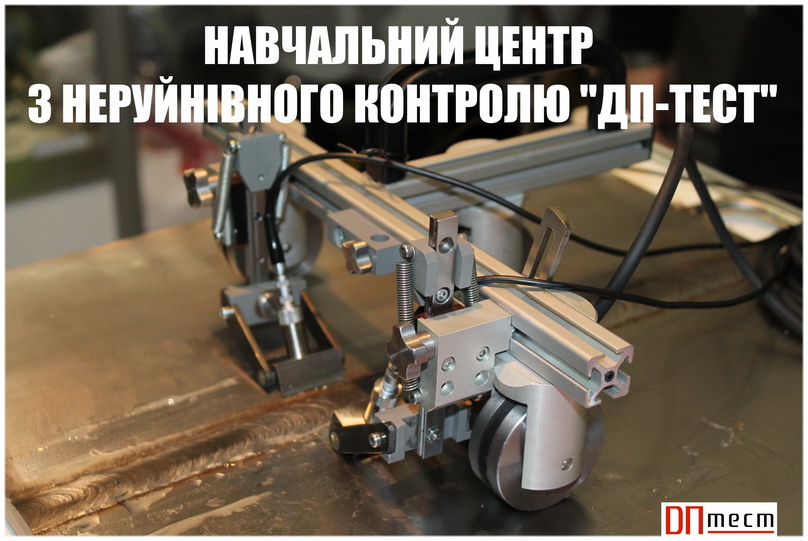The master's dissertation consists of four sections, 84 pages, 25 figures, 28 tables. In the process of writing, 11 literary sources were processed.
In the first section of the dissertation, an analytical review was conducted, in which the object of control was considered, the methods of non-destructive testing were analyzed, and their advantages and disadvantages were considered. The second section includes the calculation of a combined piezoelectric transducer. Also in this section calculations of acoustic and electroacoustic paths were carried out. The structural scheme of the device is developed, and on its basis functional. All nodes of the scheme are calculated and coordinated. In the third section, calculations and simulations of an automated "manual" manipulator in the SolidWorks environment were performed. The fourth section is devoted to the development of a startup project: market analysis, search for competitors, etc. Based on the calculations, the electrical circuit diagram was designed and developed.
The aim of the study. Development of an automated device for ultrasonic flaw detection with improved defect detection characteristics. To achieve this goal you need to solve the following tasks:
• Conduct an analytical review of the problem and review of known solutions;
• Perform mathematical modeling of the ultrasonic flaw detector
• To develop the design of the ultrasonic flaw detector system with the use of a modern element base and an automated manipulator;
• Analyze the simulation results and draw conclusions;
• Design a system that will meet the technical task.
The object of research is the process of ultrasonic control of surface defects in objects with complex geometry.
The subject of research - means and methods to increase the speed and accuracy of control of surface defects in objects with complex geometry, by automating the control process.
Research methods are based on the use of theoretical foundations of ultrasonic non-destructive testing, calculations of the main components of the system and the development and modeling of system design in CAD SolidWorks.
Research advisor: H.Bohdan
The master's dissertation consists of four sections, 84 pages, 25 figures, 28 tables. In the process of writing, 11 literary sources were processed.
Key words: surface defects, ultrasound, Rayleigh waves.
In the first section of the dissertation, an analytical review was conducted, in which the object of control was considered, the methods of non-destructive testing were analyzed, and their advantages and disadvantages were considered.
The second section includes the calculation of a combined piezoelectric transducer. Also in this section calculations of acoustic and electroacoustic paths were carried out. The structural scheme of the device is developed, and on its basis functional. All nodes of the scheme are calculated and coordinated.
In the third section, calculations and simulations of an automated "manual" manipulator in the SolidWorks environment were performed.
The fourth section is devoted to the development of a startup project: market analysis, search for competitors, etc.
Based on the calculations, the electrical circuit diagram was designed and developed.
The aim of the study. Development of an automated device for ultrasonic flaw detection with improved defect detection characteristics. To achieve this goal you need to solve the following tasks:
· Conduct an analytical review of the problem and review of known solutions;
· Perform mathematical modeling of the ultrasonic flaw detector
· To develop the design of the ultrasonic flaw detector system with the use of a modern element base and an automated manipulator;
· Analyze the simulation results and draw conclusions;
· Design a system that will meet the technical task.
The object of research is the process of ultrasonic control of surface defects in objects with complex geometry.
The subject of research - means and methods to increase the speed and accuracy of control of surface defects in objects with complex geometry, by automating the control process.
Research methods are based on the use of theoretical foundations of ultrasonic non-destructive testing, calculations of the main components of the system and the development and modeling of system design in CAD SolidWorks.









